VARIOUS ARTISTS / “Come Sunday Mixtape”
Sometimes, when the subject of religion is addressed by our students, I am asked for my personal affiliation.
“I’m a born again pagan.”
A what?
“A born again pagan.”
What’s a pagan?
“A pagan is a person who does not follow any organized religion.”
You don’t believe in God?
“I didn’t say that but no, not in the way that I think you mean God, as a conscious being, usually a male, who sits on high.”
So what do you believe in?
“Life.”
black people believe
in god and I believe in
black people. amen.
On my mother’s side of the family, my grandfather was a minister with two churches: one in the country in Violet, Louisiana in St. Bernard Parish, about twenty or so miles below New Orleans. The other church was Greater Liberty Baptist Church, 1230 Desire Street in the Ninth Ward. My mother was a school teacher who also taught Sunday school and played piano in the church.
I was groomed to be a preacher until I left the church at 15 years old.
Philosophically I believe in dialectics, although I am not a strict materialist. My belief in and love of black music makes it impossible for me to ignore or deny the spiritual dimension even though I am neither a Christian, a Muslim (despite what my Swahili name might imply to some people), nor a Jew. I don’t do Voodoo (Vodun), Hoodoo, or none of them Do’s. Neither Yoruba nor Candoble or any traditional African religion or derivative thereof.
But enough of what I don’t. What I do do is the music. I am a devout believer in the power of our music and as such I recognize the immense power of the human spirit, especially when organized around musical praxis—the putting into concrete practice of specific ideas or ideals.
Art is the only really legitimate religion that has us all in community, because it goes directly to your soul. The music is deep within us. We just have to remember it.I agree with Concha. Music is my religion.
—Concha Buika
There are a number of BB&B recordings. The most famous is the one featuring Mahalia Jackson. The best way I can explain the importance of this recording to the uninitiated is to reference the Christian Bible.
“Come Sunday” with Duke and Mahalia is a musical old testament. Trane’s A Love Supreme is the new testament.
What we have here is a mixtape consisting of ten versions of “Come Sunday” sequenced and cross-faded so they flow as one, long, uninterrupted spiritual.
Give thanks.
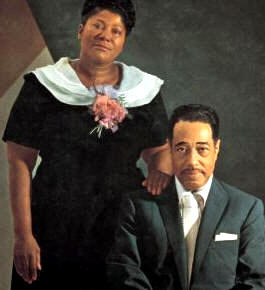
1. Duke Ellington featuring Mahalia Jackson from Black, Brown And Beige.
There is nothing that surpasses this song in terms of gospel (or any other genre of) music. Period. End of discussion.
Yes, Mahalia has other extraordinary recordings. If you can, you ought to get your hands on Mahalia At Newport, not to mention that Columbia box set of Mahalia Jackson recordings. However, as I said from the top, absolutely nothing surpasses this.
When Mahalia wordlessly hums that out chorus—that’s it! That’s the penultimate step before ascension. Death is the last step; this is the state of existence between life and death. A little more than human, a bit less than spirit.
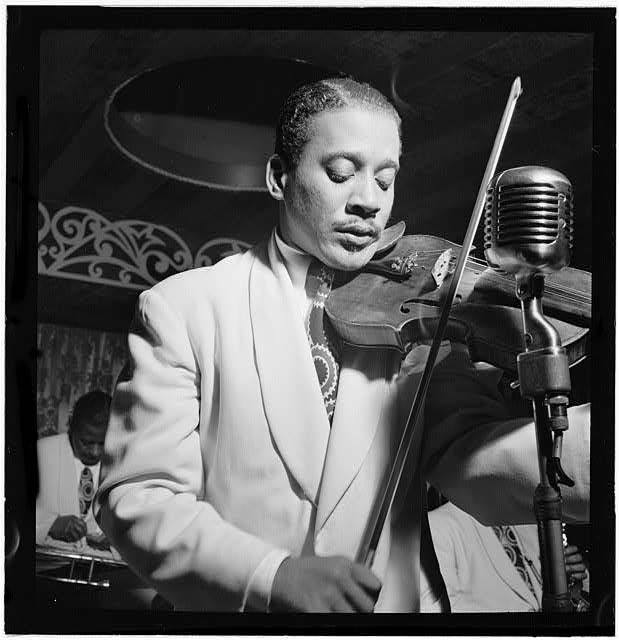
2. Duke Ellington featuring violinist Ray Nance – Black, Brown And Beige
This is from the same session, in fact, if you listen closely you can hear Ray softly playing behind Mahalia’s solo. Here Nance is ushered down front to testify.
I remember how the elders would pray in church. They would get up from the pew, do a 180-turn, drop to one knee, cradle their head in their weather-beaten, tobacco stained, work-patinaed hand and pour forth a nine-and-a-half-minute supplication that encapsulated the entire weight of Negro hardships.
I still stand in awe of the articulations from these semi-literate men who could, as Malcolm always taught, make if plain—make plain our worldly pains and concerns.
Well, Ray Nance’s performance is like those prayers.
I don’t even much like jazz violin like talking about it but I love Nance’s recital. I love the phrasing and especially the sound, the timbre and tone of his violin playing.
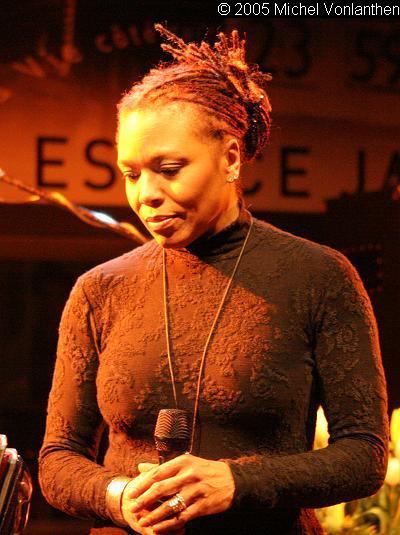
3. Dee Dee Bridgewater – Prelude To A Kiss: The Duke Ellington Album
I’m going to tell you the truth. I slept on this. I had the album and dipped in and out of it for a quick listen. Didn’t pay it no special attention. Wasn’t all that thrilled with the orchestration. But, man, when I got around to putting both ears to “Come Sunday” I was astounded.
This is Dee Dee at her most sensitive, sort of like the annual Women’s Day Program at a United Methodist or even an AME church. Every note is sounded with taste and restraint. When she finishes, from various corners of the sanctuary you hear those muted “amens” that announce that the congregation (and surely God also) is mighty well pleased.
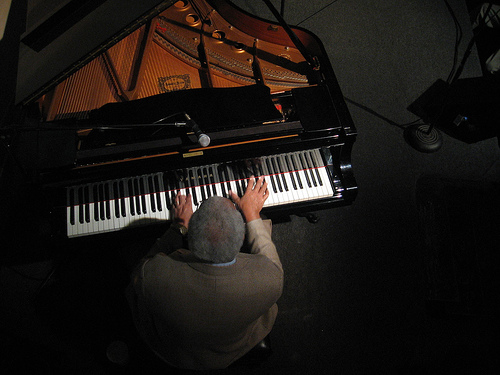
4. Ellis Marsalis – Duke In Blue
Ellis got this. There’s more Thelonious than Duke in this interpretation. Consider some of those quasi-dissonant chords, check out the hard strike of individual notes like as if Ellis was playing the piano with a drum stick, and notice how rhythmic this rendition is even thought there’s no steady beat.
I’ve know Ellis a long, long time. Have traveled on the road with him, have recorded him. I’ve always dug his solo piano work. After you check this out, I’m sure you’ll join me in my long-standing admiration.
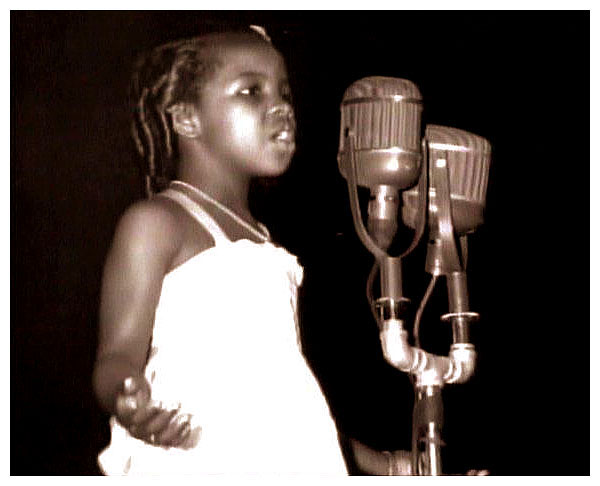
5. Gladys Knight – Before Me
This may be the biggest surprise of the mixtape. This is from a jazz session that Ms. Knight undertook and aced. Let me start off by acknowledging the big band arrangement which I think works wonderfully as a backdrop. Of course, we all know Gladys can blow, I just didn’t know she had this extra gear in her throat.
I think it’s all in her enunciation. She doesn’t go for proper sounding, she stays with the ordinary sister sound. The single mother with three kids she cares for on a janitor’s salary, or the college graduate working at least three levels below her education attainment because that’s all the work she can find, maybe even driving a school bus (yeah, yeah, it’s a damn shame, a college graduate driving a high school bus but what you going to do when you got to make do?), or maybe she is the one who went straight from high school to factory work and took care of her four younger siblings—what I’m saying is that this is a working class supplication not for release but rather for support.
You know how it go: “Lord, give me strength.” Who better to utter it than Gladys Knight?
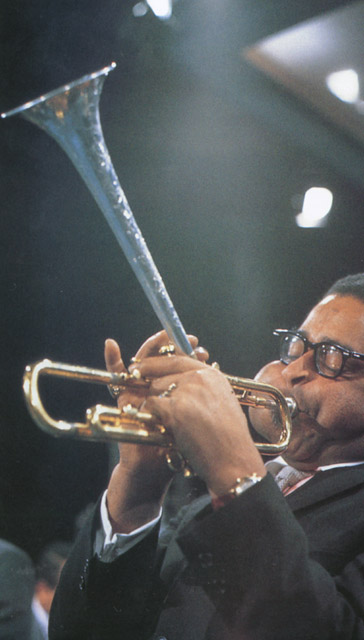
6. Dizzy Gillespie – A Portrait of Duke Ellington
This is from one of my favorite Dizzy Gillespie albums. Dizzy is too often overlooked in today’s times because his trumpet style is so out of fashion (even though at least half of the trumpet players today wouldn’t have much left to play if they were forced to give up licks which are derivative of Dizzy).
Dizzy sound was my favorite sound of jazz trumpeters. Of course, I dig Miles, but you know quiet as it’s kept, Miles sounded the way he did because he couldn’t play like Dizzy and had to come up with something else. Indeed, Miles couldn’t do Clifford Brown either, who was an innovative extension of Dizzy. But let’s keep the focus on that brilliant, gleaming, soaring sound of Dizzy. Don’t miss the way he could forcefully attack a note in the beginning of a phrase and then turn around and sweet tone soft-lick a fleet of notes, going from fortissimo to ultra soft in a matter of seconds. And those little half notes and bent notes inserted in the middle of perfectly hit notes were the mark of a jeweler cutting diamonds in the air.
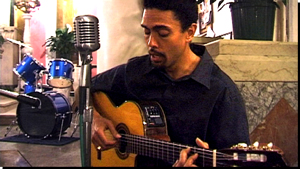
7. Esquizito – Esquizito Vol. 4/Come Rain, Come Shine
Except here on BoL, you’ve probably not heard Esquizito before. He’s a New Orleans native, I should say New Orleans character, meaning he has that off-kilter New Orleans flavor. Liable to cut loose with anything that comes to mind, which could be, well, anything. Literally.
Plus, he makes haste slowly. Got a loose-limbed rolling gait to his music. We call it half-fast, like how you march in a second line if you in the band. You be moving at one tempo, playing the music in another all the while watching the dancers: one eye admiring their steps, the other eye making sure nobody don’t bump into you too hard and cause you to cut your lip, or something like that.
I particularly like the tempo of this version. It’s a jazzy arrangement in keeping with the way hymns are played in the street down in the Crescent City. The whole band has that nonchalant yet nonetheless intense vibe. They are not stepping, they strutting. You can hear it in the music and I particularly like how my man takes his time bringing it home at the end, putting that little Coltrane-style vamp on the outro.
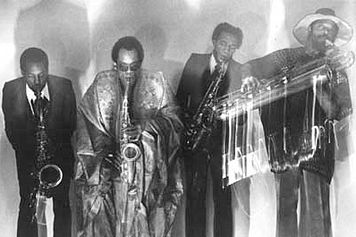
8. World Saxophone Quartet – Plays Duke Ellington
This is simultaneously a homage and a way-out interpretation. The World Saxophone (David Murray – tenor, Oliver Lake & Julius Hemphill – alto, Hamiet Bluiett – baritone) is the first and foremost of the jazz saxophone quartets. Murray on tenor has more than a passing reference to Ben Webster, who did a short albeit significant stint with Duke. It’s Murray doing all those ultra-high notes. That’s the way out part.
Bluiett holding down the bottom is the homage. Duke’s great baritonist Harry Carney is obviously the example that Bluiett hews to. Hamiet is as heavy as a dump truck dropping a load of wet cement. You can feel those low notes. The altos are the harmonizing element sweetening up the overall sound.
On the one hand there is something reverent about this reading, but reverent in a sanctified way; there’s a bunch of whooping and hollering and speaking in tongues. WSQ gives us an entirely original view of what might go down on any given Sunday in one of them small, storefront churches all cross black America.
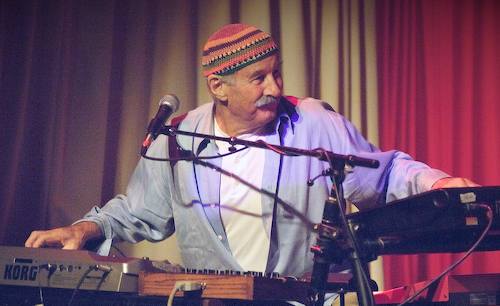
9. Zawinul Syndicate featuring Sabine Kabongo – Cully Jazz Festival broadcast
A couple of weeks back we featured Joe Zawinul with a live version of “Come Sunday.” The vocalist was Beligum-based Sabine Kabongo (a Zap Mama alum). We reprise that duet again. Although a live recording, this is from a different session—The Cully Jazz Festival in Switzerland.
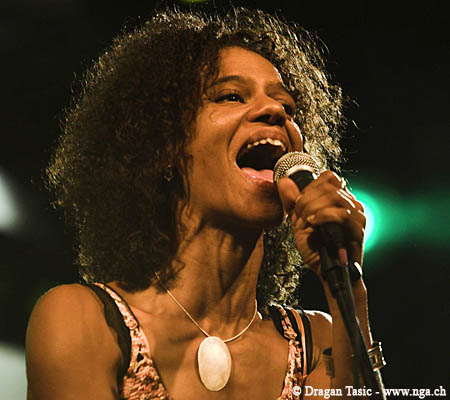
Neither Zawinul nor Kabongo grew up in the black church, so unavoidably their take is very different. Nonetheless, it is both effective and affecting. Perhaps it’s Zawinul’s electronics or maybe Sabine’s accent but whatever, this puts me in mind of what “Come Sunday” would have sounded like had Sun Ra done a cover.
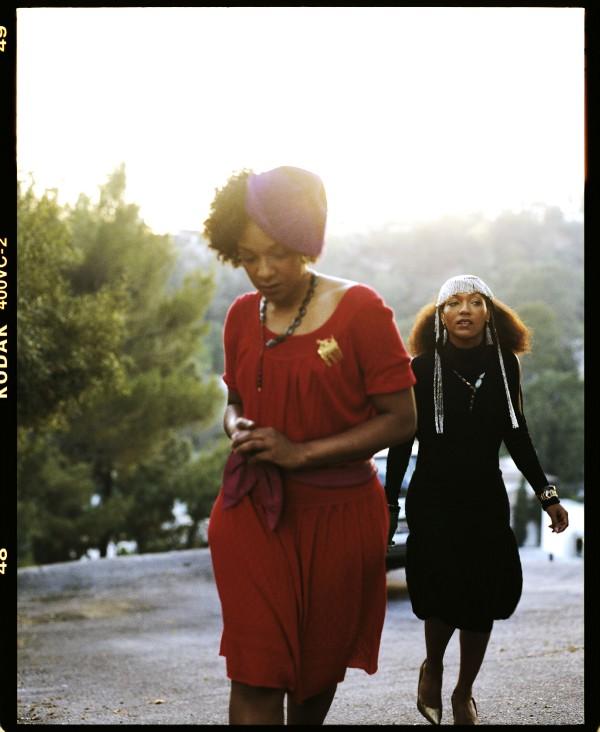
10. Les Nubians – Red Hot + Indigo
Sisters Helene and Celia Faussart offer the most radical interpretation of “Come Sunday.” The arrangement is wickedly wonderful; nothing like any of the nine others. The pace is funky but still prayerful. There are bunches of little touches in the harmony and rhythm that make this version attractive in its own right, particularly the dubbing of the voices and the use of both French and English lyrics.
Their success with this distinctive framing of “Come Sunday” make me want to hear an album of cover material from Les Nubians.
Ok, that’s it.
You can hit the rewind button now, ‘cause it’s beautiful, ain’t it?
—Kalamu ya Salaam
This entry was posted on Monday, September 29th, 2008 at 12:12 am and is filed under Classic. You can follow any responses to this entry through the RSS 2.0 feed. You can leave a response, or trackback from your own site.
2 Responses to “VARIOUS ARTISTS / “Come Sunday Mixtape””
September 29th, 2008 at 1:02 pm
These math problems are getting harder in the comments section (LOL) Seriously, there is nothing more soothing to my soul than listening to Sister Mahalia sing. God, that woman was blessed with a gift directly from the heavens. It’s interesting because my aunt and her husband are both “non-religious” people, but are products of very religious families. Yet, they say that their way of having church is to turn on Mahalia or the old quartets like the Blind Boys, and let the music wash over their spirits. I believe as Emily Dickinson does; that church can be anywhere. “Some keep the Sabbath going to Church I keep it staying at Home With a Bobolink for a Chorister And an Orchard for a Dome. ” Right now, on this Monday Afternoon, I am having church. Stay blessed and thank you for sharing this gift.
September 29th, 2008 at 2:17 pm
Great Mixtape. This could also be in the COVER section…so what caused you to put it in the classic category vs. cover?
kalamu sez
no particular reason. "come sunday" is a classic song and as i started listening to the different versions, it just came to me that this would be a great mixtape. the hardest part was deciding the order and deciding which versions to use—there are many, many others. plus we had featured duke&mahalia before. my goal was to create a great mixtape on a jazz spiritual vibe… that’s it. beyond that, i can’t take credit for what i did (although i do take credit for the sequencing and, oh yeah, i also take credit for the mixing. it’s easy to put the songs back to back, not so easy to make the songs smoothly flow into each other using cross fades and cuts…) but anyway, i used the classic category because "come sunday" epitomizes what a classic is or ought to be, i.e. the best example of a style or genre. enjoy.
Leave a Reply
| top |